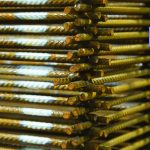Tyler Marion from Hog Slat’s engineering group outlines the process of developing poultry and swine fans.
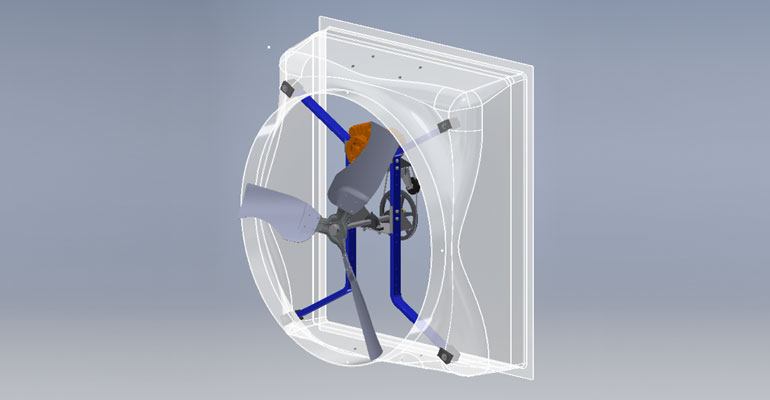
1) A computer-generated model is created detailing the housing size and shape, orifice diameters, shutters, pulleys and interior supports.
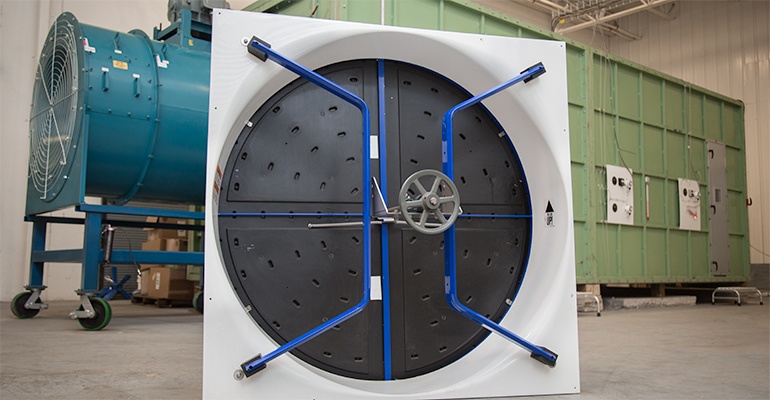
2) After verifying the 3D model, a prototype housing is created along with a cone, shutters and interior supports. The prototype undergoes a first inspection to check fit and finish.
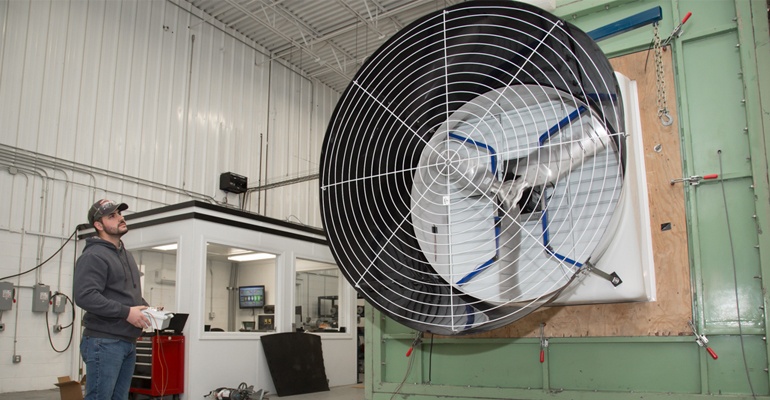
3) A sample prop is specified based on targeted airflow at particular air pressure. The prop is tested in a wind tunnel to establish a baseline motor load.
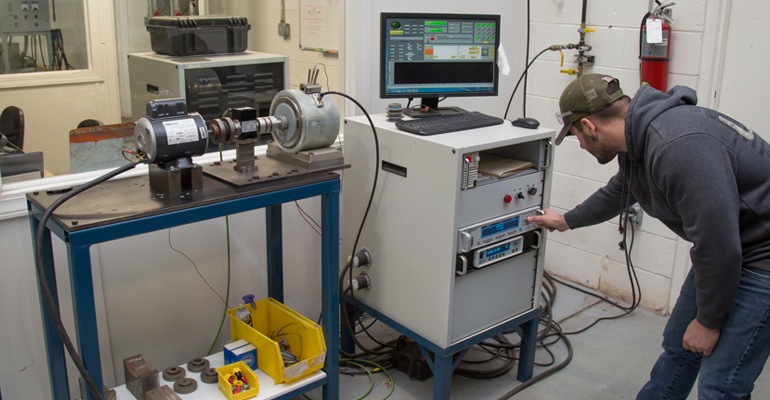
4) Prospective motors are evaluated for efficiency at the known motor load with a calculated service factor for safety. The motors are measured on a device called a Magtrol that isolates the motor at a known load to remove any variation in testing.
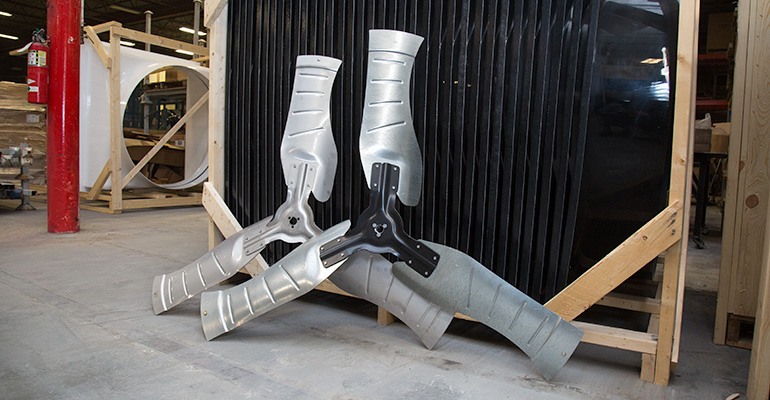
5) The sample prop is retested on the selected motor to verify cubic feet per minute delivery. Variations of the prop, including the number of blades, pitch and hub diameters are evaluated for possible improvements in efficiency.
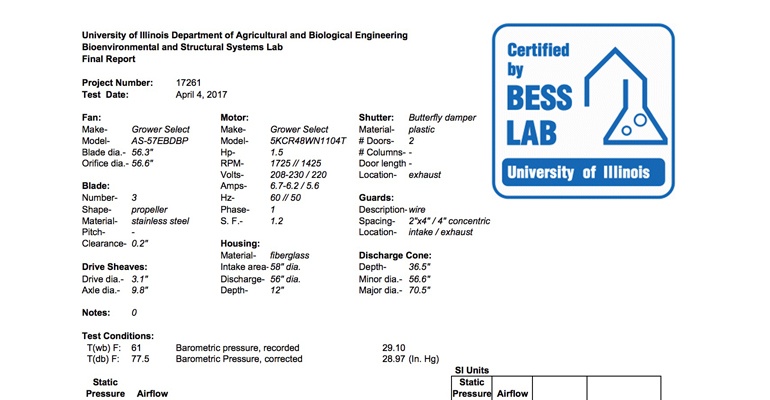
6) After completing in-house testing on the wind tunnel, the final step is testing the completed fan at Bioenvironmental and Structural Systems Laboratory to obtain certificated performance data.

